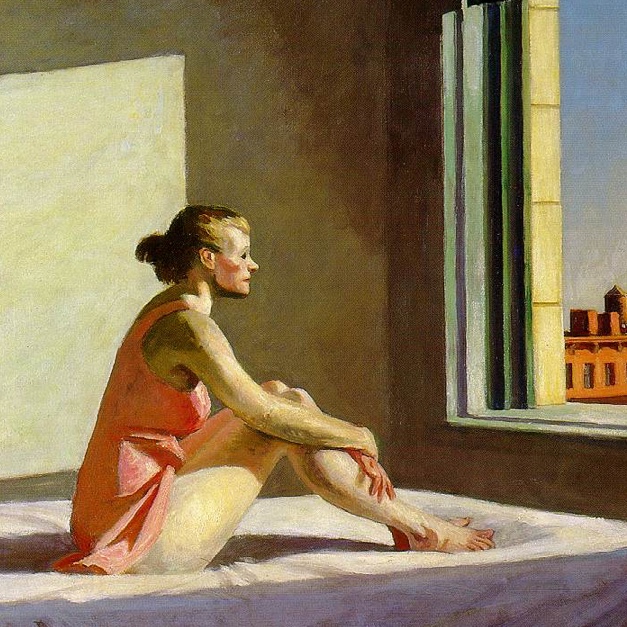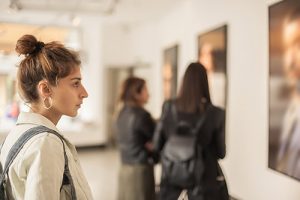
These artists have put themselves in physical danger to make their work and faced the dangers of losing their families, their livelihoods, and, in many parts of the world, their personal freedoms and lives. As art historian Lucy Lippard observed about feminist artists, their work was built around “a value system, a revolutionary strategy, and a way of life.” Being “dangerous” for these artists refers to the great risks taken to make art that confronts racism, misogyny, and other inequities supported by dominant cultures in ways that threaten the status quo. In an art world known for its rebels and rule breakers, this exhibition makes the case that women have become its true disruptors, claiming their own bodies for expressive material, challenging gender and race inequities, fusing art with social activism, and challenging the power structures of patriarchal cultures. (Pussy Riot)īeing Dangerous: Women, Art, and Activism (1980-Now) is a groundbreaking exhibition focused on women and women-identified artists from around the globe. Following a farcical show trial, two members of the group were convicted on a charge of “hooliganism motivated by religious hatred” and sentenced to two years in a penal colony. Their art protest - the performance of a song they described as their punk prayer, “Mother of God, Drive Putin Away” - took place as the then prime minister was campaigning for his return to the presidency. The group came to prominence in 2012, when five members burst into Moscow’s Cathedral of Christ the Savior to protest ties between the Russian Orthodox Church and Russian leader Vladimir Putin. Because of the artist’s relentless critique of the Mexican drug cartel, she is under constant surveillance. The exhibition vitrine displayed artist-designed jewelry that had been created from shards of glass removed from dead bodies involved in drive-by shootings. (Xiao Lu)Īt the Venice Biennale in 2009, the official Mexican contribution included the daily mopping of the floor of an abandoned villa with rags soaked in blood and mud from crime scenes in Mexican cities.

The exhibition was promptly shut down, and she was arrested and forced into exile. Her action would later be described as “the first gunshots of Tiananmen.” The consequences for the artist were immediate.

In 1989, just months before the Tiananmen Square crackdown, she walked into the National Gallery of Art in Beijing and fired a gun at one of her sculptures.


 0 kommentar(er)
0 kommentar(er)
